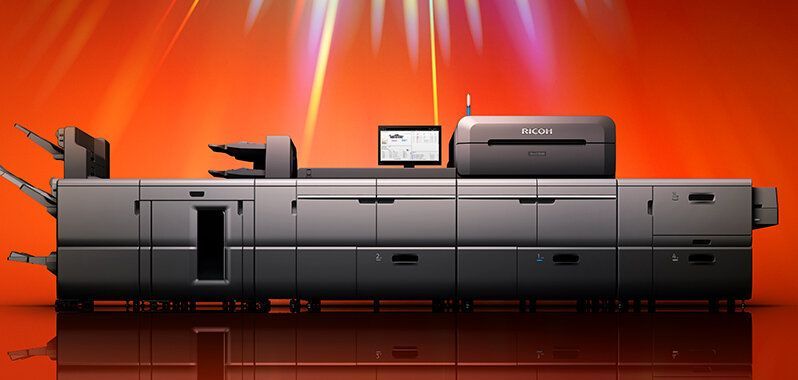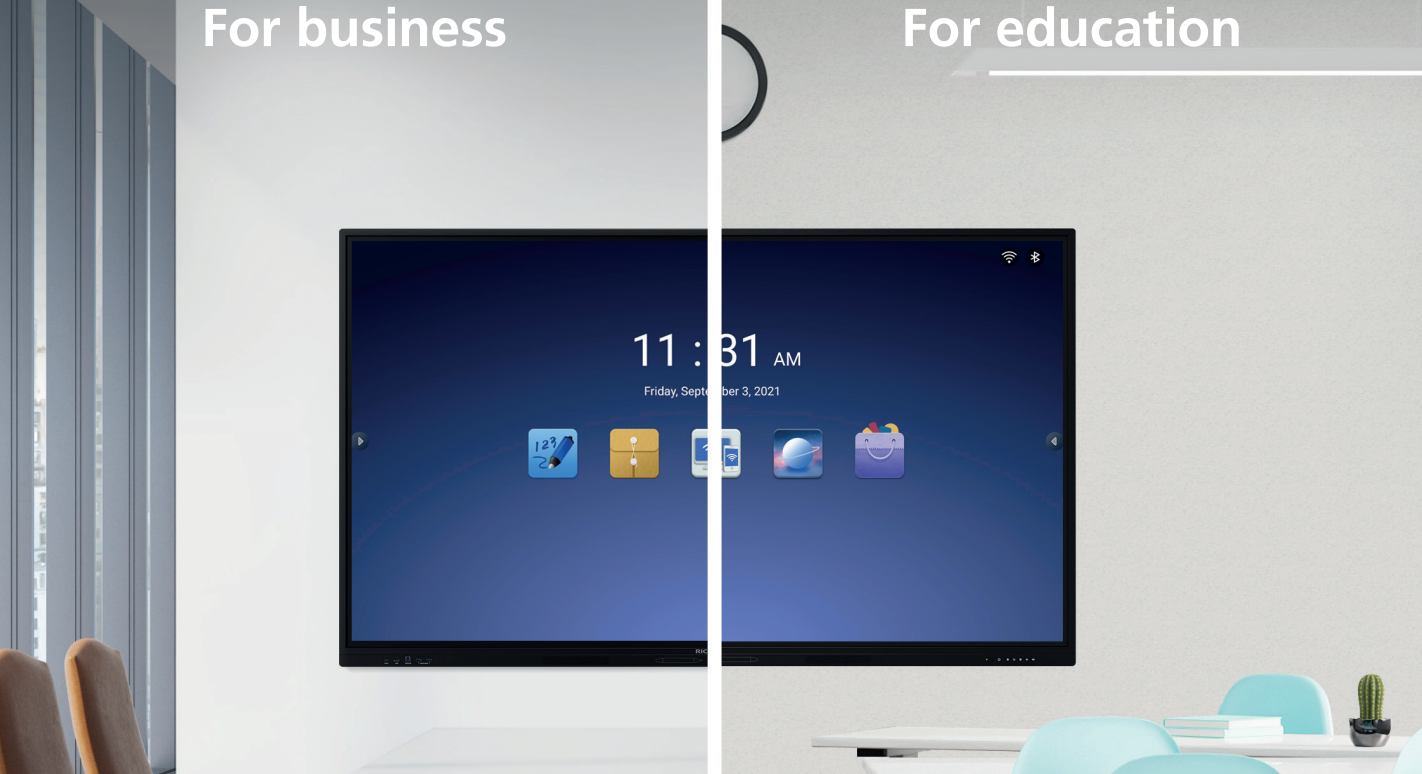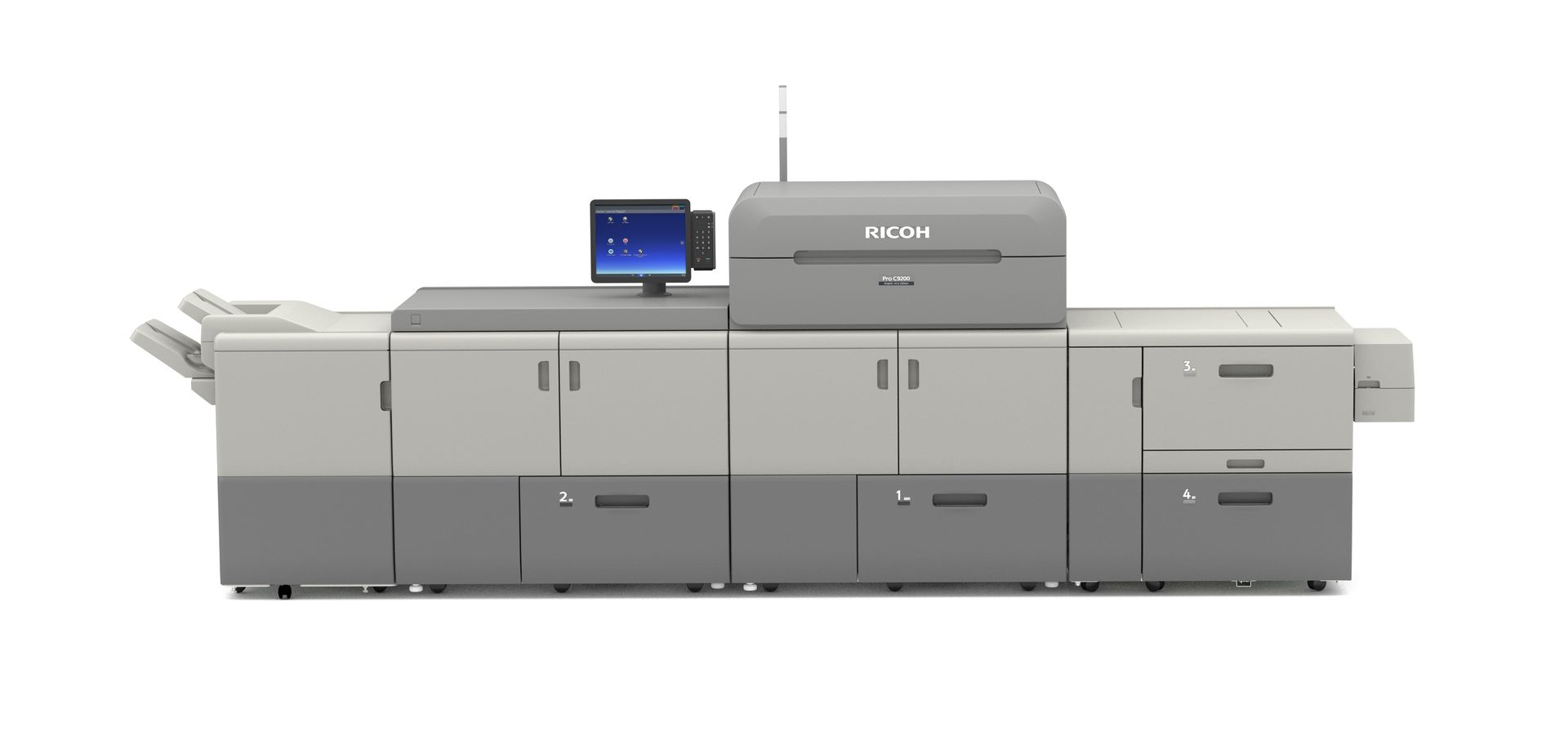How to Include Digital Signage in your Marketing Plan
From voice search activation to self-order dining, customers' needs are advancing every day.
With these rapidly changing technological advancements, there is a glaring challenge for marketers to maintain attention of their consumers. Today everything is going digital, including traditional signage. Market leaders in many industries have already adopted these digitised touch points in their marketing plans and seen major success from convergence and brand interactions.
If you haven’t already thought about going digital in your 2020 marketing plan, here is all you need to know!
1. Choose an effective and well trusted digital signage solution
Getting great brand exposure has never been more competitive than it is right now. If you are looking to gain exposure for your brand, you need to compete with your competitors in a way that satisfies and exceeds your potential customers’ expectations.
This is why it is so important to address digital signage in your marketing plan.
Businesses globally are upping their game in effective frequency (how many times a customer sees a campaign). Australians require 5-9 exposures to digital advertising to see increase in brand success. What this means for your business is having additional modes of digital signage can increase your campaign success up to 51% on average.
Seeking advice from a digital signage provider will provide you with the best digital signage software.
2. Define your goals
How do I get more brand exposure? How can I convert more sales now? How can I continue to convert sales in future? How can I get someone to switch to my brand?
If any (or all) of these questions stand out to you, it is clear you have already identified some things you would like to accomplish in your business.
To create a strong digital strategy, you need to identify your goals and objectives. Maybe you want to showcase jobs to attract business or maybe you want to increase your social media engagement and use of business hashtags. With any goal you want to achieve, digital signage is a great way to engage your customers.
3. Identify Audience
All successful marketing strategies address a particular audience segment. Your digital marketing strategy should be no different. When it comes to identifying your audience, you want to think about who are you trying to reach to achieve your goal? What are their defining traits? How will they best understand your message? In most cases, it is helpful to create a character profile to resemble your target audience. This will help you understand how to tailor your marketing message for optimum engagement.
4. Set measurables
After you’ve outlined your goal / objective and target audience, you need to consider how you will track the success of your efforts. This means you need to check that your objective is SMART (specific, measurable, attainable, relevant and timely).
For example, if your objective is to increase online sales - you may want to pose your goal in this format: “To increase online sales by 5% from customers who shop in-store in 6 months”.
This goal is made trackable through two variables: a monetary percentage and time frame.
Therefore, to monitor the results of any marketing strategy it is essential to address these measurables in your goal. This is how you will analyse what works for your business and gain the most of your marketing spend.
5. Create captivating content
Your content is the creative idea that will capture the attention of your customers and in turn, help you achieve your goal. From your previous audience analysis, this is your chance to really engage your audience in a way that makes you stand out from competitors. Make sure you pay attention to the length, timing and frequency of messaging.
If you're looking for the best digital signage service in Orange, the professionals at Select Digital
are ready to help you. Select Digital are experts in the industry and offer a wide variety of digital solutions including, printers, cloud storage, workplace productivity, interactive whiteboards and digital signage. Contact a Digital professional today
for service booking!

In today’s fast-paced business environment, efficiency and productivity are critical to success. That's why businesses need reliable and efficient multifunction printers (MFPs) that can handle their document management needs. The Ricoh IM3000, IM4000, and IM6000 are black and white MFPs that are designed to meet the demanding needs of modern offices. These printers offer a range of advanced features that enhance productivity and streamline workflows. They offer high-speed printing of up to 60 pages per minute, making them ideal for busy work environments where time is of the essence. With such high-speed printing capabilities, users can complete their printing tasks quickly and efficiently, freeing up valuable time to focus on other important tasks. One of the standout features of these MFPs is their advanced scanning capabilities. They offer single-pass duplex scanning, and file compression, which allows users to easily convert paper-based documents into digital files. This makes it easy to share documents with colleagues and clients, improving collaboration and communication. These MFPs also come with customisable user interfaces that allow users to customise the printer to meet their specific needs. This ensures that users can access frequently used features quickly and easily, which saves time and increases productivity. The Ricoh IM3000, IM4000, and IM6000 also come with advanced security features such as user authentication, data encryption, and secure printing. These features help protect sensitive information from unauthorized access, ensuring that confidential data is kept secure. If you're considering investing in these MFPs, look no further than Select Digital. We are a leading provider of managed print services, and we offer a comprehensive range of services to help businesses optimise their printing environments. Our services include Ricoh @Remote, which enables remote monitoring and automatic toner delivery, reducing the need for manual intervention and minimizing downtime. By partnering with Select Digital Supply, you can get the most out of your MFP. Our team of experts will work with you to customise a print solution that meets your specific needs, providing ongoing support to ensure optimal performance and maximum cost savings. The Ricoh IM3000, IM4000, and IM6000 are reliable and efficient black and white MFPs that offer a range of advanced features to enhance productivity, streamline workflows, and improve document management capabilities. With Select Digital managed print services, including Ricoh @Remote, you can maximize the benefits of these MFPs and achieve greater efficiency and cost savings in your office. So why wait? Invest in the Ricoh IM3000, IM4000, or IM6000 today and take your business to the next level. More Info

A business’ core priority is answering a customer's needs with their business solution. Funnily enough, if you ask any business owner what they need - the common response is ‘time’. Productivity in the workplace is a topic of interest in being researched every day. Bloggers and business owners are constantly sharing their best tips to decrease procrastination and maximise an effective work flow. From office automation to interactive white boards, here is how you can increase productivity in the workplace. 1. Condense manual processes and introduce automation Sometimes it can be hard to identify when you have the wrong process workflow in your business. Look at ways you can improve your processes maximise your time. For the processes you are not over, make sure you seek advice from the people who are doing this day in, day out. Sometimes a fresh set of eyes can help you see where you need to improve a business practice and even identify the need or space for automation. For example, if you are a real estate agency you may have a process for organising files and contracts.There are many information management systems in Australia that can organise and store data. This is a task that could be completed at the click of a button, saving your staff’s time and your money. 2. Limit opening your emails to certain times of the day The average office worker checks their email 15 times a day! This is why emails kill productivity. We suggest the most efficient process to email management is reducing this to three times per day (morning, lunch and just before the end of day). Limiting the amount of time in your inbox will open up more time to be productively completing other important tasks. 3. Time block your week While taking deserved breaks is essential to a productive workflow, recent sources reveal - it takes 23 minutes and 15 seconds to regain concentration after a distraction. Time blocking your week is one of the most efficient ways to avoid distraction. We suggest starting your week with a goal. Think about what you want to accomplish and plan your time accordingly around that. The most efficient and productive weeks are when you will work to a schedule and make no negotiations. 4. Prioritise your your tasks daily You have planned your week. Come Monday, every man and his office dog is asking urgently for your help. Instead of dropping everything in your diary, start your day by prioritising your daily tasks. Doing this will help you rank where your time should be spent and help you see that maybe Bob’s dilemma can wait because it's not as high of a priority. Prioritising your tasks should become a process actioned in your morning to help you increase your productivity and in avoid daily procrastination. If you're looking to increase your workplace productivity, the professionals at Select Digital are ready to help you. Select Digital are experts in the industry and offer a wide variety of digital solutions including, printers, cloud storage, workplace productivity, interactive whiteboards and digital signage. Our software and solutions are designed to help business owners maximise their time and increase productivity in the workplace. Contact a Digital professional today for a solution to your time management!

As your company grows, there is a high chance you are spending more time solving problems and completing admin processes within the business. You know your time is precious, so it is important to maximise it by removing tasks that can easily be digitally outsourced. If you’re looking to take the next step with business and are unsure of where you to start, you need to free up time wasted on admin processes. Here are 5 admin tasks you can quit wasting your time on. Admin tasks business owners are wasting time on: 1. Bookkeeping Bookkeeping is one of those vital chores that every business owner has to participate with to avoid long term implications. It can be time consuming and mundane. However, thankfully there is the option to outsource this process. If your spending time sending invoices to clients, balancing the books and distributing payroll - think of all the time you could save by not doing these tasks. Outsourcing a bookkeeper is an efficient and simple way to free up your time in the office, while you might also want to look into office automation options to complement this process. 2. Automating purchase orders When your workload piles up, you most likely have no time to be manually managing purchase orders. This is where an information management system (MIS) can help you. An MIS is an information system that is used in all types of business’ to coordinate, control, analyse, visualise and decide where to distribute information. By investing in an information management system you can save so much time to work on other aspects of the business. Automating your purchases orders also allows you to also collect relevant data that can be helpful to the growth of your business! 3. Organising data If you're looking to grow your business, you should definitely be researching your industry and analysing data. However, the problem with this is it can take endless hours to organise and understand the variables to see results. Gathering research and collating data will suck your time - but it does have to. With the right information management system, you can have all the correct data in the click of a finger. Forget wasting time on this admin task and look into growing faster with a simple outsourced digital solution. 4. Document management When you first start your business, you probably could count the amount of documents on your fingers - all kept in one neat folder on your desktop. While this is a business owners dream, we definitely know document management can quickly consume both your desktop, hard drive, desk and time! There are so many ways to organise company documents with the right processes in place. An office automation system can really benefit handling your company documents and distribute them to their designated spots. It will help you stay on top of all the required documentation through automated processing and is a form of digital outsourcing that will really free up your dairy! 5. Customer service emails We all know customers are the important stakeholders controlling your business’ success, so it makes sense to be contacting them regularly to maintain their interest in your business. While customer service emails are valuable for keeping the business doors open, they can also be a big hindrance to your growth. Office automation can be a great digital outsource decision that can free your hands of customer service emails. Office automation can be used to let go of unnecessary standards of checking every email as it pops up in your inbox. As a result, your time to work on acquiring new business will be the priority you now have time for. If you're looking for the best office automation software in Orange , the professionals at Select Digital are ready to help you. Select Digital are experts in the industry and offer a wide variety of digital solutions including, printers, cloud storage, workplace productivity, interactive whiteboards and digital signage. Contact a Digital professional today for service booking!







